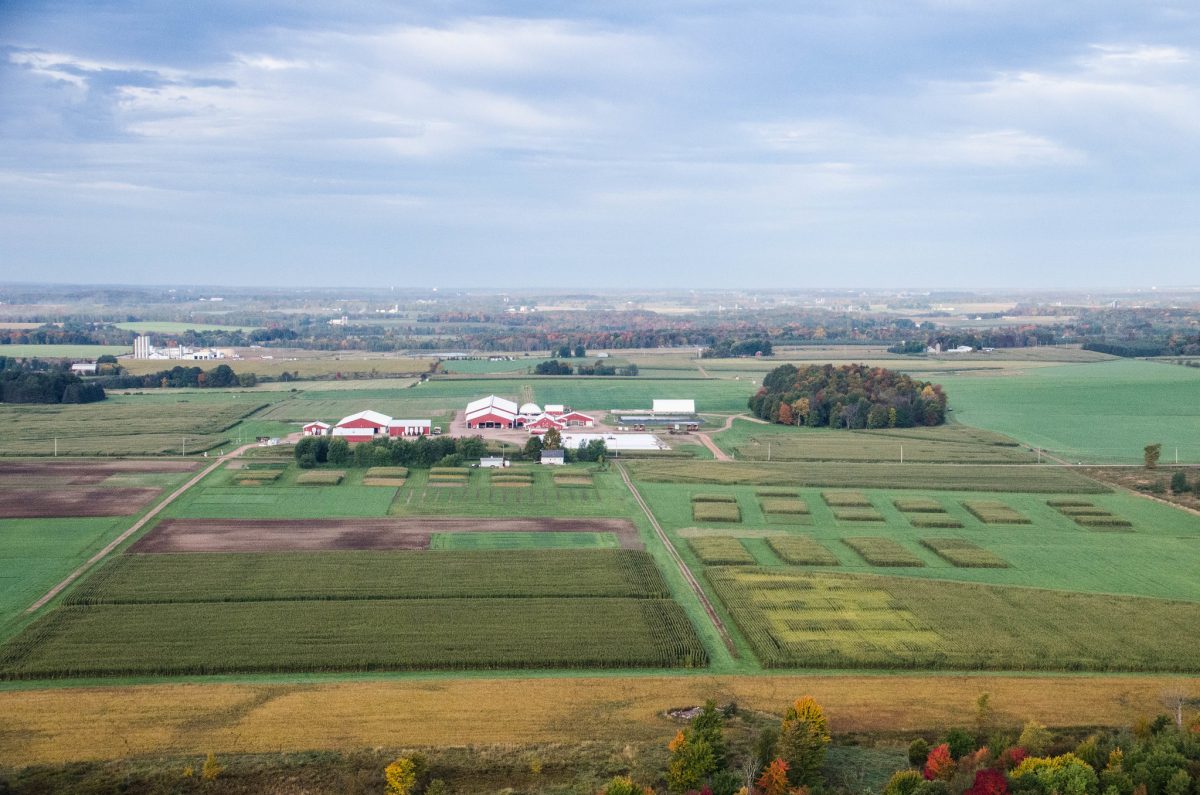
Paul D. Mitchell, Agricultural and Applied Economics, UW-Madison
Office: (608) 265-6514 Email: pdmitchell@wisc.edu Web: http://www.aae.wisc.edu/pdmitchell
To read and download this blog as a PDF CLICK HERE
Like most of us, I have been following the news and watching this pandemic unfold, struggling with the uncertainty of it all. I am reminded of my grandfather talking in the 1970s about hearing President Roosevelt on the radio give his famous speech – “The only thing we have to fear is fear itself.”
As a young farmer with a growing family in 1933, it clearly struck my grandfather and the way he talked about it more than 40 years later stayed with me. With so much about this pandemic and its economic and social consequences unknown, a certain amount of fear is wise. Despite the pandemic, agriculture has been declared an essential business in the Governor’s Safer-at-Home declaration last week and many people are working hard to ensure that farmers and all the supporting industries can do their jobs.
Everything is Ready to Go
Everything is ready to go for spring planting as soon as the calendar and weather allows. Most farms have their fuel for field work and seeds for planting, ag retailers have fertilizers and chemicals in stock, machinery dealers are prepared, ag lenders as well. Agricultural businesses and agencies are working hard to ensure farmers can plant their crops.
State agencies are as well. DATCP has extended certifications for private and commercial pesticide applicators. The DOT has extended CDLs to help reduce business disruptions. Nevertheless, farmers should be prepared for disruptions or delays due to the pandemic, but they should not last long or be common.
Take Care of Yourself, Your Family and Your Community
So far, this pandemic has mostly been concentrated in cities, with about a third of US counties – mostly rural – yet to have confirmed cases. It is unclear when and how badly COVID-19 will hit rural areas, as they already have some built-in social distancing.
My concern is that the pandemic could become a problem in farm communities at about the time of peak planting from early-May to early June. COVID-19 can be quite serious and farm families would be wise to take actions now to help protect themselves and their communities.
I also expect that farm families will stay in touch with neighbors and friends and help each other if someone needs it.
This year it may be prudent to have a clear and easily available plan for others to pick up in case the farm’s manager is incapacitated or distracted. This can be a list or map of fields with planned tillage practices and fertilizer applications, the specific hybrids for each field and the planter settings to use, and spraying protocols for crop protection, as well as a list of key contacts (agronomist, seed and fertilizers dealers). Make a few copies and be sure they are easy to find. Family and neighbors will want to help if you need it, but they will need to know what to do.
Low Prices and the Farm Safety Net
The US and much of the world’s economy is in a recession – we are just waiting for the official designation. The recession has led to a drop in commodity prices. All hope that 2020 would be better than the string of tight margin years we have been enduring has faded, at least until we have more clarity on the effects of the pandemic on the world economy.
However, the Farm Safety Net is in place. ARC and PLC signup for the 2019 cropping year just finished and most farmers have already signed up for 2020 as well. PLC has a $3.75 reference price for corn and $8.40 for soybeans. Also, about three-fourths of the corn and soybean acres are insured in the state with Revenue Protection, this year with a $3.88 price for corn and $9.17 for soybeans.
On top of these programs, the CARES Act has additional funding to support specialty crop, livestock, and dairy farmers and has added more budget for the USDA to develop programs like the Market Facilitation Program that was so helpful in 2018 and 2019.
